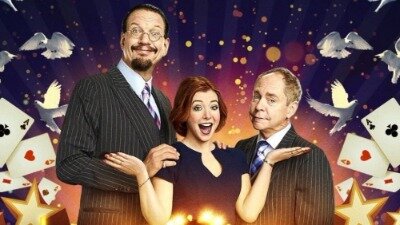In the world of theatrical magic, misdirection is a form of deception where the performer draws audience attention to one thing to distract it from something else. Controlling attention of the audience is the goal of every theatre, and is the primary requirement of all magic acts. Whether the magic is of the “pocket trick” variety or an extensive stage productionthat relies on misdirection, it is the primary key to the success. The term is used to describe either the effect (the the focus of the observer on the unimportant object) or the sleight-of-hand or the patter (the magician’s speech) that causes the illusion.
It is difficult to say who coined the term, but the first reference to misdirection can be found in the writing of an influential performer and author, Nevil Maskelyne. it is a method of distracting the viewer’s senses to hide from detection certain details that require secrecy. The same time, the magician, writer, artist and performer Harlan Tarbell noted, Nearly the whole art of illusions is based on the art of misdirection.
Many magicians who have studied and developed misdirection techniques include Malini, Derren Brown, Tamariz, Tony Slydini, Tommy Wonder, along with Dai Vernon.
Henry Hay describes the chief conjuring process as a manipulation of interest.
Some magicians divert attention of the audience in two basic ways. The first is to make the audience look away for a fleeting moment, so that they do not notice a sleight or move. The other approach re-frames the audience’s perception, distracting the audience into believing that some other factor can be a factor in the performance but it actually has no bearing on the result in any way. Fitzkee notes that The most effective magic is the ability that he displays in manipulating the minds of the viewers. Additionally, sometimes a prop like the magic wand can aid in distraction.
Lacking misdirection, even the most proficient sleight-of-hand or mechanical prop will fail to produce an illusion of real magic. Without doubt, misdirection is the crux of most successful illusions.
Misdirection makes use of the limitations of human brains to create a false picture and memory. The brain of an average person in the audience can only concentrate on one thing at a time. The magician uses this technique to alter the viewers’ thoughts or perceptions of sensory inputwhich leads them to incorrect conclusions.
A few magicians have debated over the usage of the term, misdirection, causing many discussions regarding what it is and how it functions. The distinguished magician Jon Finch identified a difference between misdirection and direction. One is a negative wordas opposed to the other, positive. In the end, he considers both as one thing. If a performer, by any means, has led the thoughts of his audience to the conclusion that he’s done something that he’s not done, he’s wrongly led them to believe thisand, consequently, misdirection.
Tommy Wonder has pointed that it’s more efficient, from a magician’s point of view, to concentrate on the positive aim of directing attention to the audience. He writes that misdirection implies wrong direction. It suggests that attention is directed away towards something. When we keep using this term, it eventually becomes so ingrained in our minds that we might start to think that misdirection is directing the attention away from instead of towards something.

Slydini said that if the magician believes that, the public will believe it and the magic they can’t perceive. The trick is to believe in what the magician is doing and then follow the magician. misdirection website
